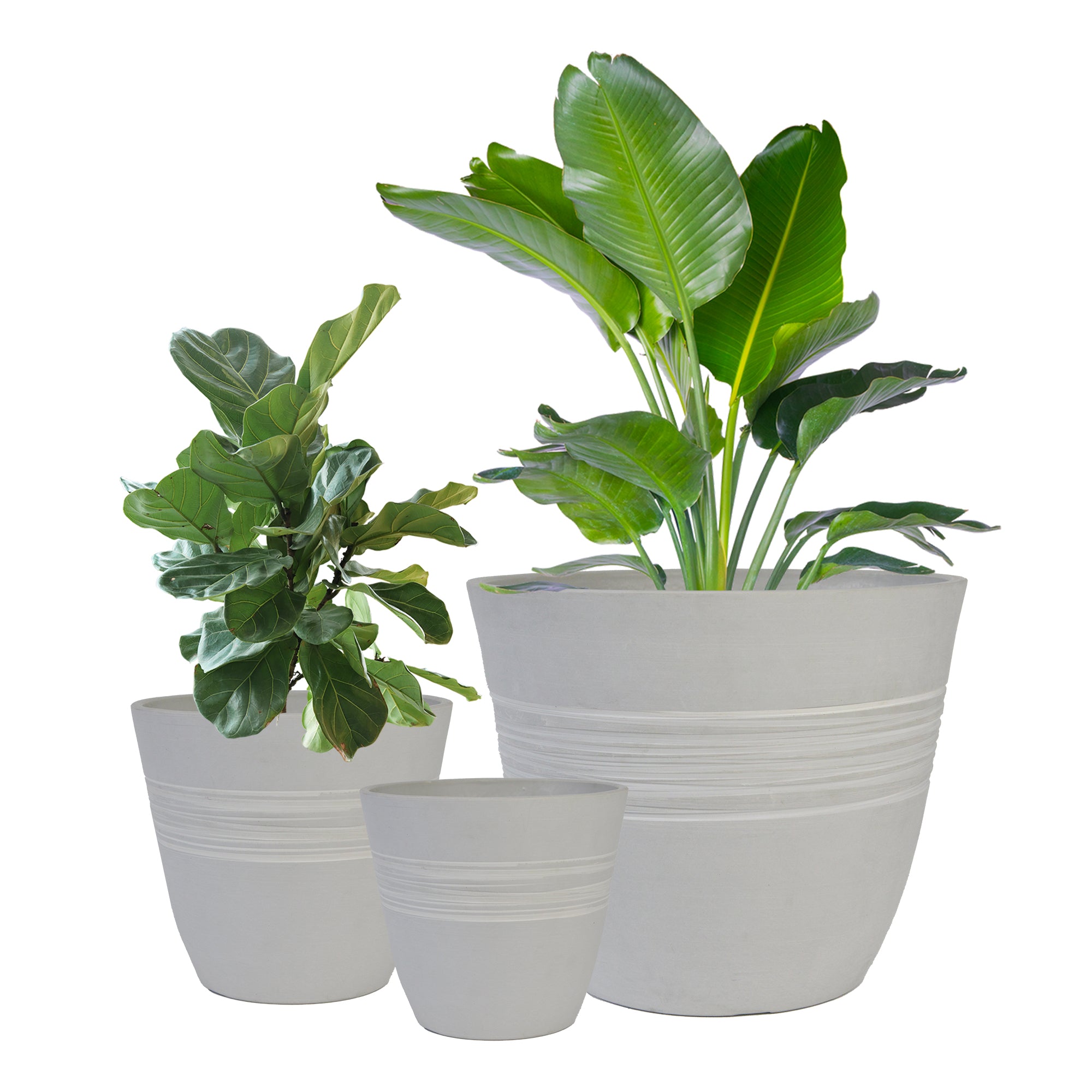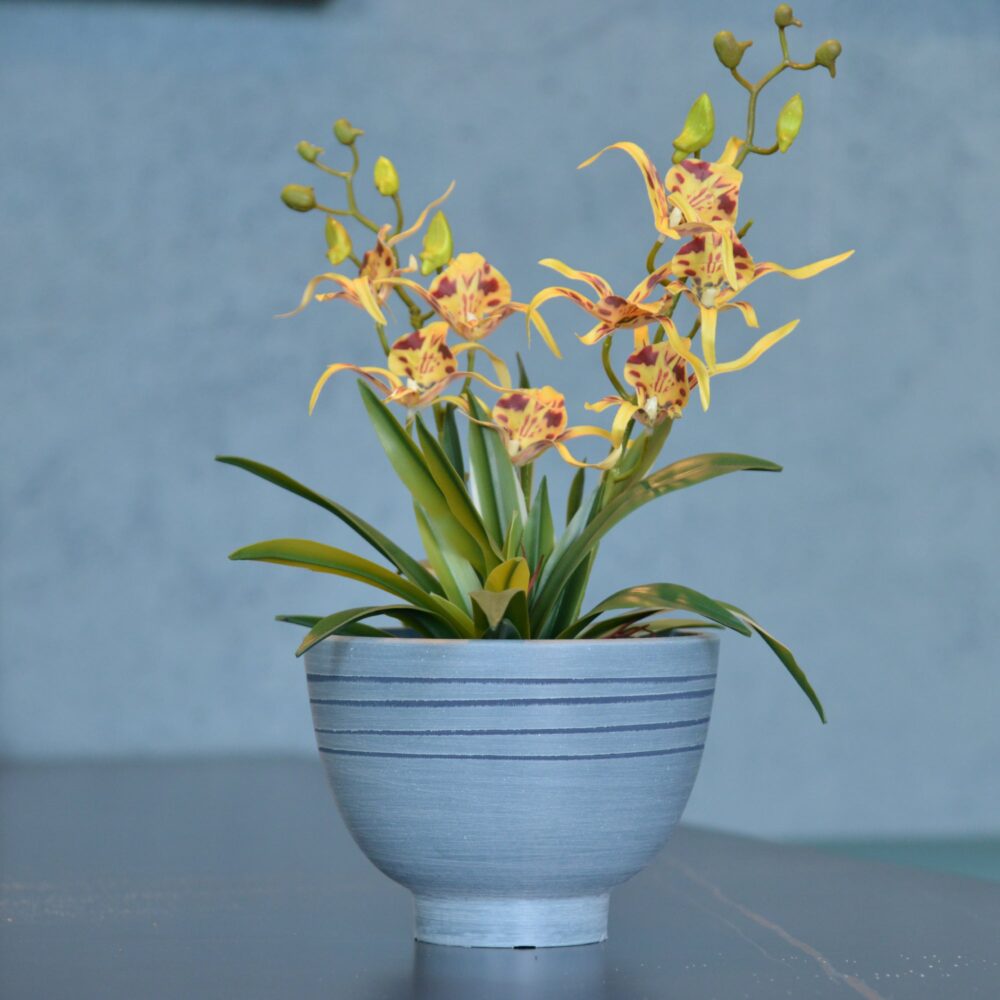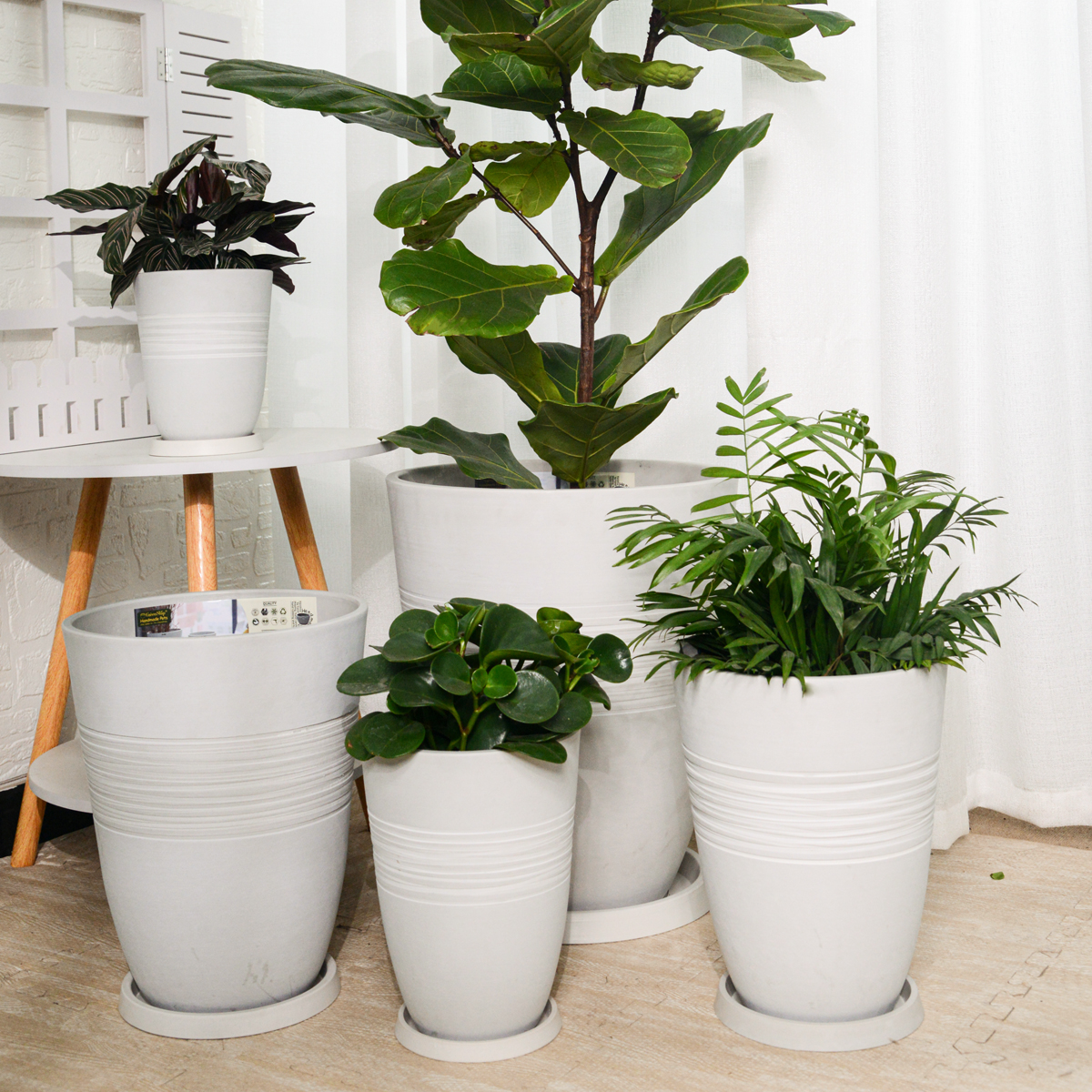Pothos (Epipremnum aureum): The Ultimate Guide to Growing Devil’s Ivy Indoors
Are you looking for a lush, trailing vine that’s incredibly easy to grow and adds a vibrant touch of green to your indoor space? Look no further than Pothos, scientifically known as Epipremnum aureum. Also commonly called Devil’s Ivy, Golden Pothos, or Money Plant, this popular houseplant, native to the Solomon Islands, is celebrated for its heart-shaped leaves, air-purifying qualities, and exceptional resilience. This comprehensive guide will provide you with everything you need to know about growing and caring for Pothos indoors.
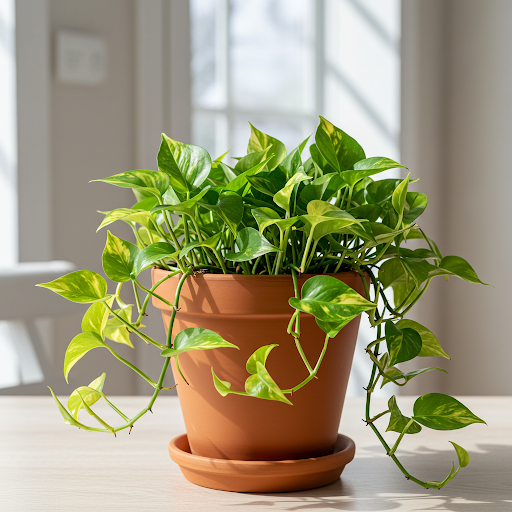
Pothos
Ideal Indoor Growing Conditions:
- Light: Pothos is famously adaptable to various light conditions, making it perfect for almost any room in your home. It thrives in bright, indirect light, which encourages vibrant leaf color and vigorous growth. However, Pothos is also exceptionally tolerant of low light conditions, although growth may be slower and variegation less pronounced. Avoid direct, intense sunlight, which can scorch the leaves.
- Soil: Pothos prefers well-draining soil that retains some moisture. A general-purpose potting mix works well. You can also amend your potting mix with perlite or vermiculite to enhance drainage and aeration.
- Watering: Pothos prefers its soil to dry out slightly between waterings. Overwatering is the most common mistake and can lead to root rot. Water thoroughly when the top inch of soil feels dry to the touch. Allow excess water to drain away. During the winter months, reduce watering frequency as the plant’s growth slows down.
- Temperature: Average room temperatures between 65°F to 85°F (18°C to 29°C) are ideal. Pothos is a tropical plant and prefers warm conditions, but it can tolerate slightly cooler temperatures down to 50°F (10°C). Avoid exposing it to drafts or sudden temperature changes.
- Humidity: Pothos is adaptable to average household humidity levels. While it appreciates higher humidity, it will grow well in typical indoor environments. For enhanced growth, especially in dry climates, you can increase humidity by misting the leaves occasionally, using a humidifier, or placing the pot on a pebble tray with water.
Planting Your Pothos:
- Starting from Cuttings or Plants: Pothos is exceptionally easy to propagate from stem cuttings, making it simple to expand your collection or share with friends. You can also purchase established Pothos plants from nurseries and garden centers.
- Propagation from Cuttings: To propagate from cuttings, take stem cuttings with at least one leaf node (the small bump where leaves emerge). Place cuttings in water or directly into moist soil. Roots will typically develop within a few weeks.
- Planting Time: Pothos can be planted or repotted at any time of year indoors, but spring or early summer, at the start of the growing season, is generally recommended.
Choosing the Right Pots:
- Suitable Pot Types: Pothos is versatile and can be grown in various pot types, including plastic, terracotta, ceramic, and hanging baskets. Hanging baskets are particularly popular for showcasing the trailing vines of Pothos. Terracotta pots can help prevent overwatering due to their porous nature, while plastic pots retain moisture longer.
- Drainage: Good drainage is essential to prevent root rot. Ensure your chosen pot has drainage holes at the bottom.
- Pot Size: Select a pot that is appropriately sized for the plant. For young Pothos plants, a 6-8 inch pot is a good starting size. As the plant grows and its root system expands, you can gradually repot it into a slightly larger container. Avoid using excessively large pots, as they can retain too much moisture.
- Potting Mix: Use a well-draining potting mix such as a general-purpose houseplant mix. You can amend it with perlite or vermiculite to further improve drainage and aeration.
Essential Care Tips for Thriving Pothos:
- Watering Schedule: Follow a “dry out between waterings” approach. Allow the top inch of soil to dry out before watering thoroughly. Adjust watering frequency based on the season, light levels, and temperature of your home.
- Fertilizing: Pothos benefits from occasional feeding during the growing season (spring and summer). Fertilize every 2-3 months with a balanced liquid houseplant fertilizer diluted to half strength. Avoid over-fertilizing, which can lead to salt buildup and leaf burn.
- Pruning: Pruning Pothos is optional but can help maintain its shape, encourage bushier growth, and control its length. You can trim back long vines as needed. Pruning just above a leaf node will encourage new branching.
- Support (Optional): Pothos can be grown as a trailing plant in hanging baskets or allowed to climb. If you want it to climb, provide a moss pole, trellis, or other support structure for the vines to attach to.
- Leaf Cleaning: Dust can accumulate on Pothos leaves, reducing their ability to photosynthesize. Wipe the leaves with a damp cloth periodically to keep them clean and glossy.
- Pest and Disease Control: Pothos is generally resistant to pests and diseases. However, it can occasionally be affected by common houseplant pests like spider mites, mealybugs, or scale. Treat any infestations promptly with insecticidal soap or neem oil. Root rot is the most common disease issue and is usually caused by overwatering.
Popular Varieties of Pothos (Epipremnum aureum):
- Golden Pothos: Classic variety with green leaves marbled with gold or yellow.
- Neon Pothos: Features bright, chartreuse-green leaves.
- Marble Queen Pothos: Variegated leaves with a mix of green and creamy white marbling.
- Snow Queen Pothos: Heavily variegated leaves with white and green, sometimes appearing mostly white.
- Jade Pothos: Solid, deep green leaves.
- Satin Pothos (Scindapsus pictus): Although technically not Epipremnum aureum, often sold as Pothos, with velvety leaves and silver markings.
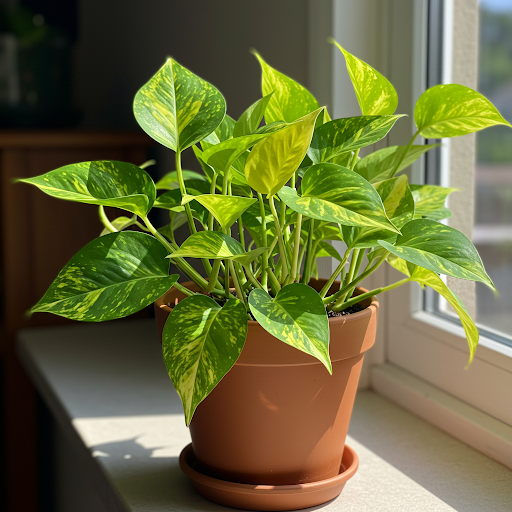
Pothos
In Summary:
Pothos (Epipremnum aureum) is an outstanding choice for anyone seeking a beautiful, low-maintenance, and air-purifying houseplant. Its adaptability, ease of care, and attractive trailing vines make it a favorite for homes, offices, and beginners. By providing well-draining soil, infrequent watering, and indirect light, you can easily enjoy the lush greenery of Pothos in your indoor space for years to come.
For more detailed botanical information, you can explore the Wikipedia page on Epipremnum aureum.
Important Note: Pothos is considered toxic if ingested due to calcium oxalate crystals present in its leaves and stems. Keep it out of reach of children and pets who may be tempted to chew on it.
KC2-21G
By greenship|2024-08-13T06:19:08+00:00August 13, 2024|Categories: Hand-carving Series|
KC3-14A
By greenship|2024-08-16T06:26:30+00:00August 16, 2024|Categories: Hand-carving Series|
Plant Pots 6 inch 8 inch 12 inch for Indoor Outdoor Plants, Set of 3 Modern Decorative Planter with Drainage Hole, Decorative Flower Pots
By greenship-seo|2025-04-10T06:38:40+00:00January 16, 2025|Categories: Hand-carving Series|Tags: Decorative Flower Pots|
KC2-11V
By greenship|2024-08-16T05:39:50+00:00August 16, 2024|Categories: Hand-carving Series|
8 inch/10 inch Planter Indoor Plants, 2 Pack Modern Decorative Plant Pots with Drainage Hole, Cute Bowl Shape Flower Pots
By greenship-seo|2025-04-10T08:03:42+00:00January 9, 2025|Categories: Hand-carving Series|Tags: Decorative Flower Pots, Self-Watering Pots|
KC2-11VH
By greenship|2024-08-16T06:19:28+00:00August 16, 2024|Categories: Hand-carving Series|



